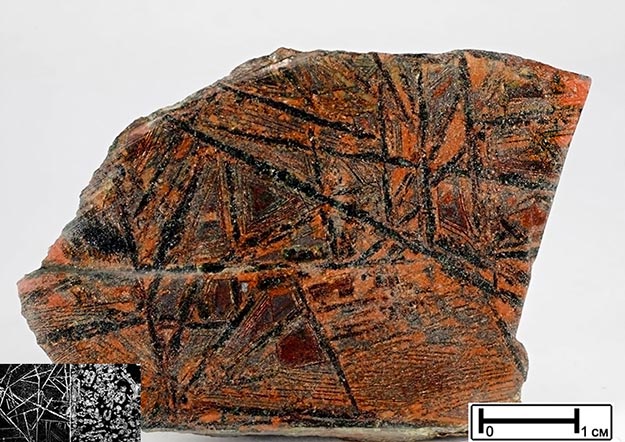Water strongly influences the physical properties of the mantle and enhances its ability to melt or convect. Its presence can also be used to trace recycling of surface reservoirs down to the deep mantle1, which makes knowledge of the water content in the Earth’s interior and its evolution crucial for understanding global geodynamics.
Komatiites (MgO-rich ultramafic magmas) result from a high degree of mantle melting at high pressures2 and thus are excellent probes of the chemical composition and water contents of the deep mantle. An excess of water over elements that show similar geochemical behaviour during mantle melting (for example, cerium) was recently found in melt inclusions in the most magnesium-rich olivine in 2.7-billion-year-old komatiites from Canada3 and Zimbabwe4.
These data were taken as evidence for a deep hydrated mantle reservoir, probably the transition zone, in the Neoarchaean era (2.8 to 2.5 billion years ago). Here we confirm the mantle source of this water by measuring deuterium-to-hydrogen ratios in these melt inclusions and present similar data for 3.3-billion-year-old komatiites from the Barberton greenstone belt.
From the hydrogen isotope ratios, we show that the mantle sources of these melts contained excess water, which implies that a deep hydrous mantle reservoir has been present in the Earth’s interior since at least the Palaeoarchaean era (3.6 to 3.2 billion years ago). The reconstructed initial hydrogen isotope composition of komatiites is more depleted in deuterium than surface reservoirs or typical mantle but resembles that of oceanic crust that was initially altered by seawater and then dehydrated during subduction.
Together with an excess of chlorine and depletion of lead in the mantle sources of komatiites, these results indicate that seawater-altered lithosphere recycling into the deep mantle, arguably by subduction, started before 3.3 billion years ago.
Source: https://www.nature.com/
Dear User/Visitor! Please, answer on our questions: tick off one of the positions – your answer will make us able to improve our site and make it more interesting and useful!


